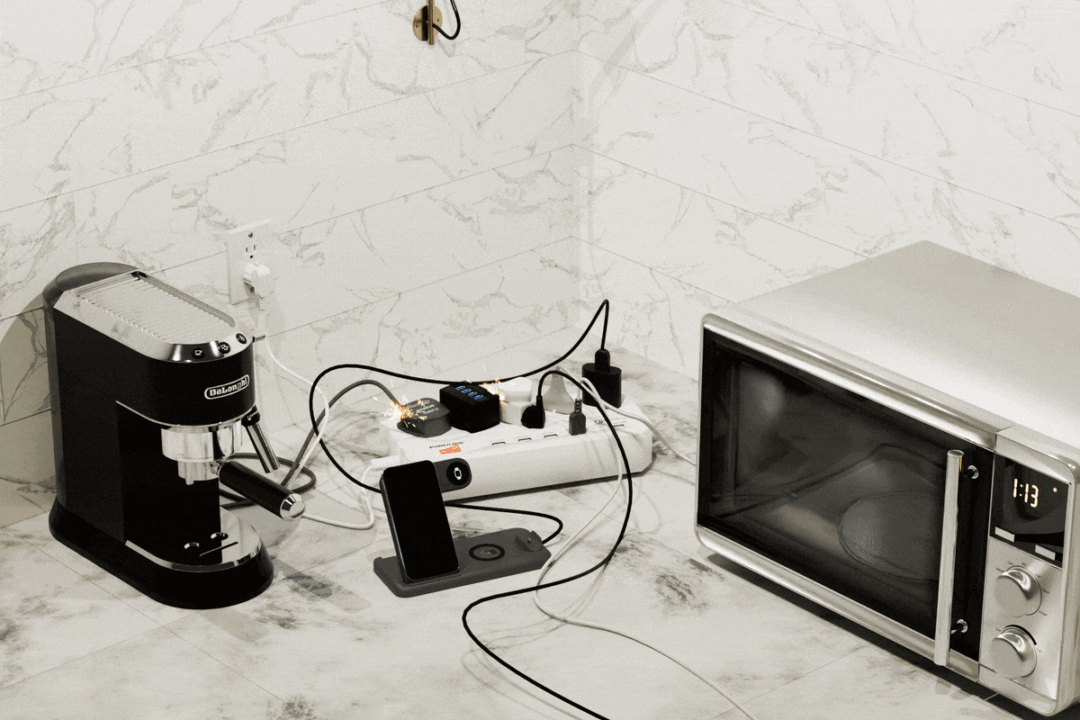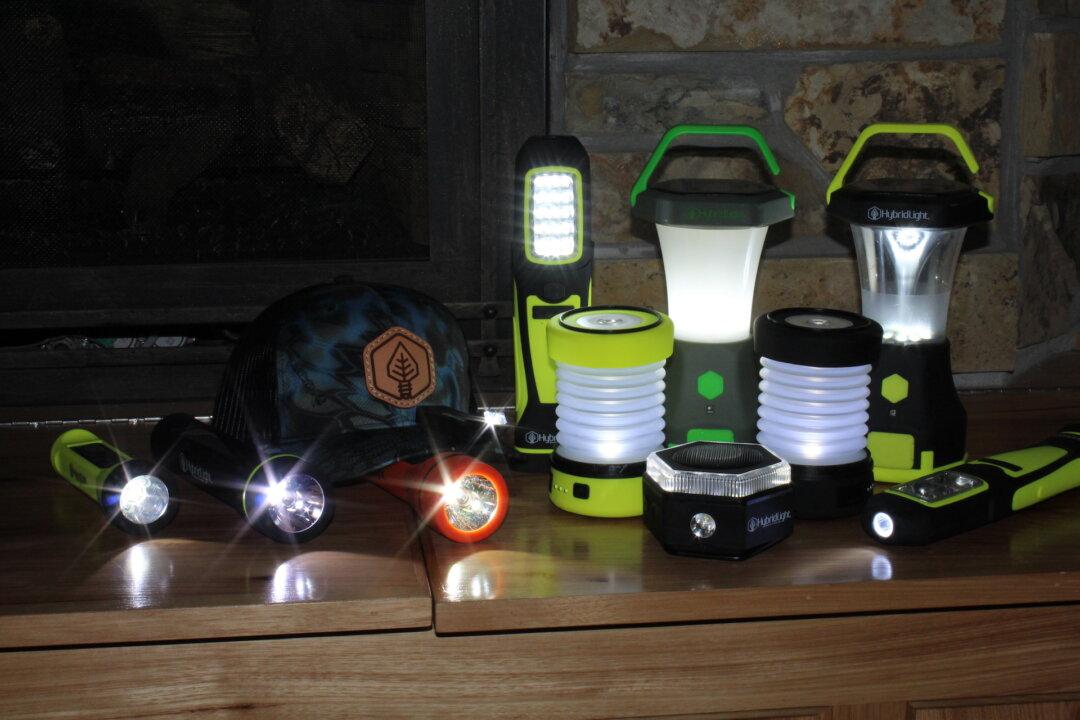This section focuses on luxury, and what could be more luxurious than beautiful skin? Spas offer treatments, but, eventually, you have to go home, which is when the focus on skin may begin to wane. To make sure that doesn’t happen, we’ll review some very approachable ways to keep your skin healthy.
In order to have healthy skin, you first need to understand what it is and how it works. Our skin does a remarkable job of protecting us from exposure to wind, rain, cold, heat, and viruses, as well as providing a protective covering for our blood vessels, muscles, and delicate organs.






